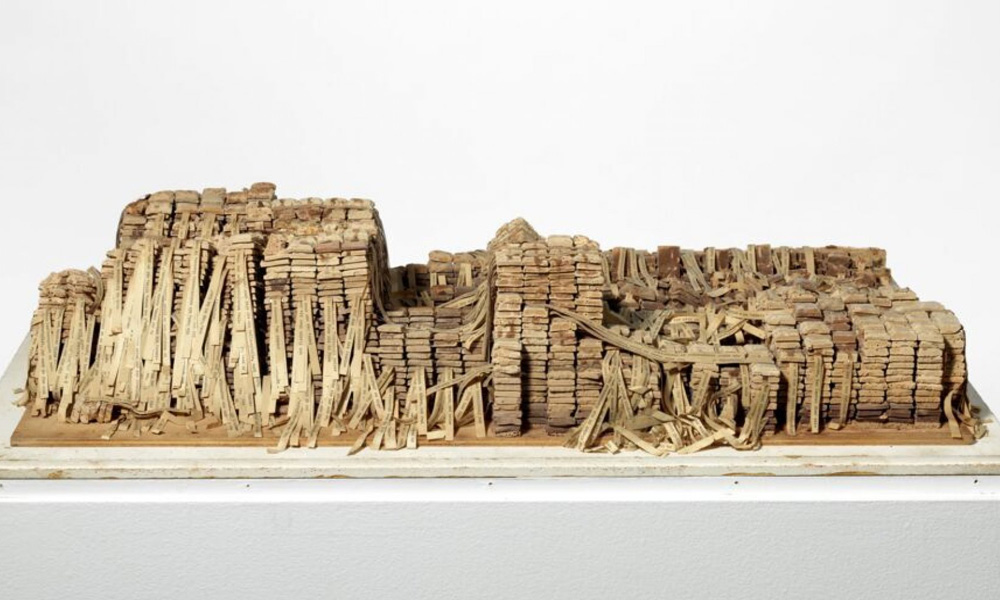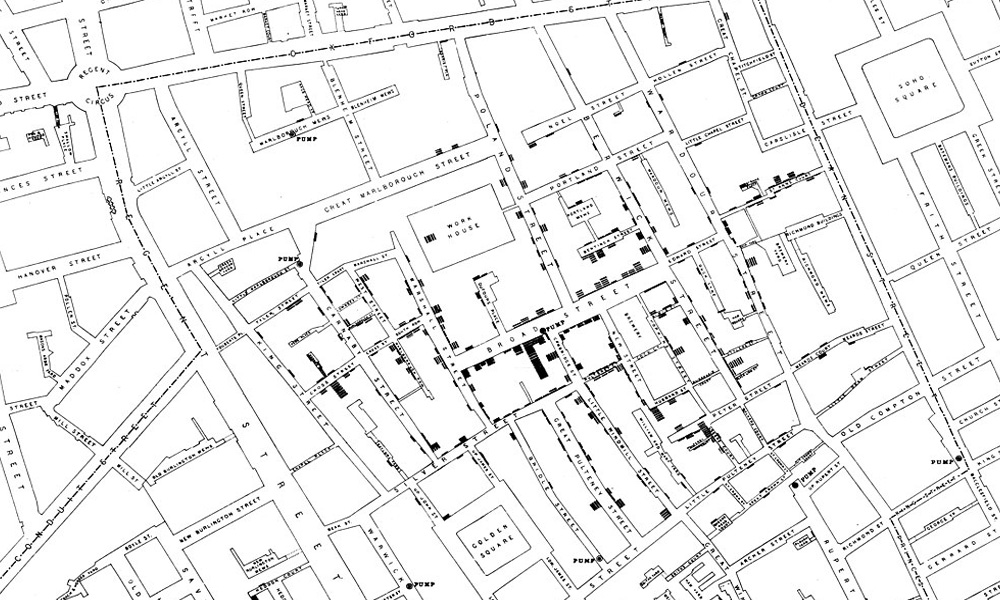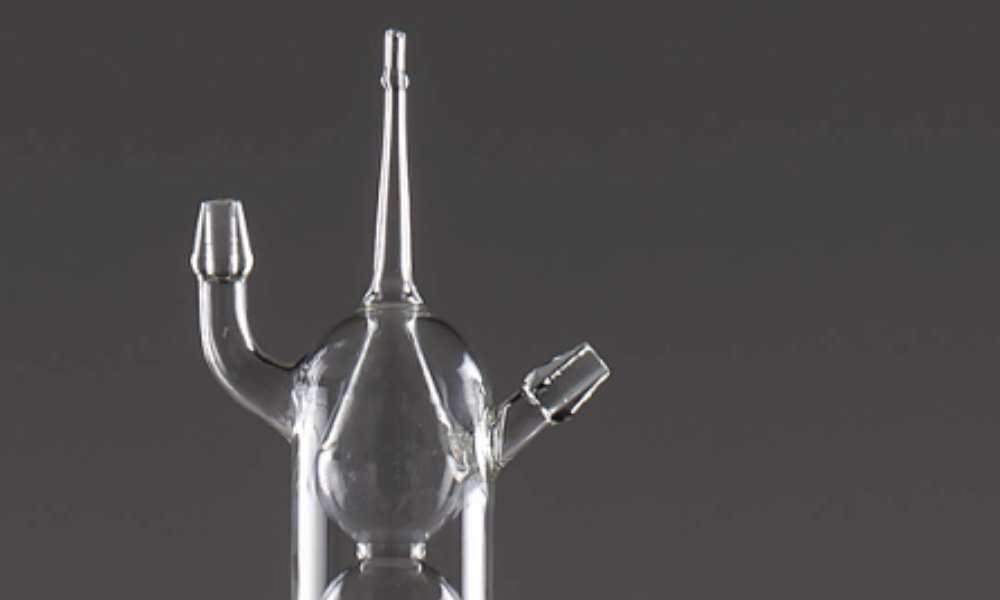The application of mycelium as a material for design has gathered pace over recent years. Along with algae, it has emerged as a significant living material that possesses immense potential for the designed and constructed environment. Its use within product design and as architectural components is well documented in high quality design journals, such as Dezeen.
There are however other valuable qualities that fungi possess that offer possibly more important contributions to our environment. The complex network of interrelated plant roots and fungi, termed mycorrhiza, that proliferate beneath the surface of the earth, demonstrate immense connectivity and communication. Interaction between plants utilising the fungal ‘web’ provides a means for the distribution of nutrients targeted to vulnerable elements of the network, alert to attack from external threats, collective defence and mutual support or territorial competition and conflict. Perhaps considered as a metaphorical representation of human territorial behaviour.
The discovery of the mycorrhizal network, or the ‘wood-wide web’ as it has become known, and research into this phenomenon, began in earnest in the 1990s. An introductory overview can be found in the journal Science Focus.
As a globally extensive ‘superorganism’ the mycorrhizal network contributes to the vast carbon store within soil. Of clear importance to international attempts to reduce climate change and global environmental damage, much current research focuses upon the extent of this carbon storage and how to protect or enhance the network.
Mycorrhizae present a symbiosis of plant and fungi, facilitating an extensive communication network of immeasurable significance that we have yet to fully comprehend.
An image displaying Agaricus Bisporus Mycelium is shown here.
Image Copyright: Rob Hille / Wikimedia.



